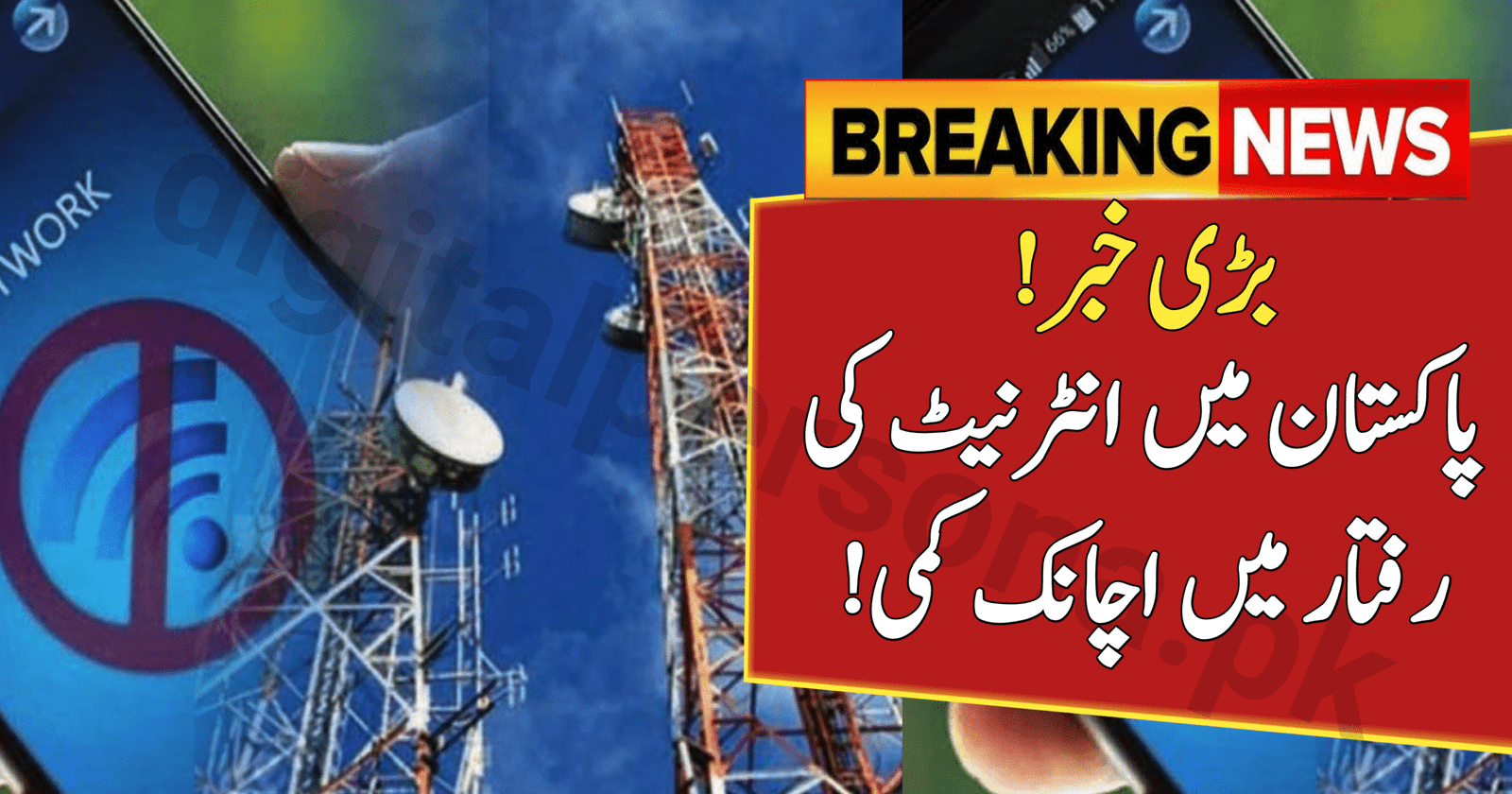The Internet in Pakistan suddenly slows down to a halt, leaving millions of users frustrated on Tuesday night. People across the country reported difficulties accessing social media, streaming platforms, and even routine browsing. Many users complained about repeated timeouts and very slow loading speeds, which created chaos for businesses, students, and freelancers who rely heavily on stable internet connections.
The disruption was officially acknowledged by Nayatel, one of the major service providers. In its statement, the company explained that the fault occurred at one of its upstream providers, which caused a widespread slowdown. Nayatel assured customers that its technical team was already working with global partners to fix the issue and promised restoration by around 1:15 a.m.
This incident is not the first in recent weeks. Earlier this month, Pakistan’s connectivity was already suffering due to undersea cable cuts in the Red Sea. Those cuts forced internet traffic onto longer and slower alternative routes, which increased latency and caused frustrating delays in browsing, video calls, and downloads. Industry experts revealed that two critical systems were affected: SMW4 (South East Asia–Middle East–Western Europe 4) and IMEWE (India-Middle East-Western Europe). Both are important for Asia-Europe connectivity, and their damage created a ripple effect across Pakistan and neighboring countries.
Read More: Best USA Universities Offering Scholarships
Table of Contents
Main Reasons Internet in Pakistan Suddenly Slows Down
| Cause | Details |
| Upstream Fault | Nayatel confirmed a technical fault at one of its global upstream providers |
| Undersea Cable Cuts | Damage in the Red Sea affected SMW4 and IMEWE cables |
| Traffic Diversion | Internet routed through longer paths, causing delays and high latency |
| Peak Hour Load | More pressure during evening hours, leading to frequent timeouts |
What Users Can Do During Internet Outages
While complete restoration depends on international repairs, users can take small steps for temporary relief. Live monitoring tools such as Downdetector help track real-time outages, giving people clarity on whether the problem is local or nationwide.
Read More: CM Honhaar Scholarship Undergraduate

Temporary Solutions for Internet Users
| Solution | Benefit | Limitation |
| Change DNS settings | May improve website loading | Limited effect on global issues |
| Use VPN closer to Europe | Can bypass some congested routes | Speeds may still be slow |
| Switch to Mobile Data | Quick backup option | Costly and not stable for all users |
| Monitor Outage Dashboards | Helps track updates | Does not fix the problem itself |
Specialists warn, however, that these are only stop-gap measures. True relief will come only once the upstream provider restores its capacity and the undersea cables are repaired. Officials estimate that it could take four to five weeks for full repair work, meaning Pakistan may continue facing recurring slowdowns, especially during peak evening hours.
Read More: BISP Hunarmand Program
Final Thoughts
The sudden internet slowdown in Pakistan highlights how dependent the country has become on international connectivity. With millions of students, freelancers, and businesses relying on fast internet every day, such disruptions create huge setbacks. Although companies like Nayatel are trying their best to stabilize local networks, the real issue lies in damaged undersea cables and global routing challenges. Until those cables are repaired, users should be ready for occasional hiccups and should use alternative solutions like mobile data or VPNs where possible. At the same time, this situation underlines the need for Pakistan to invest more in diverse internet routes and stronger infrastructure, so that one fault or cable cut does not bring the country’s online life to a standstill.
Related Posts











